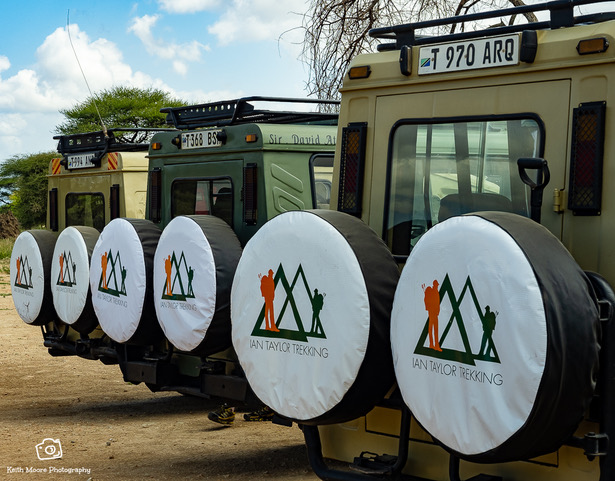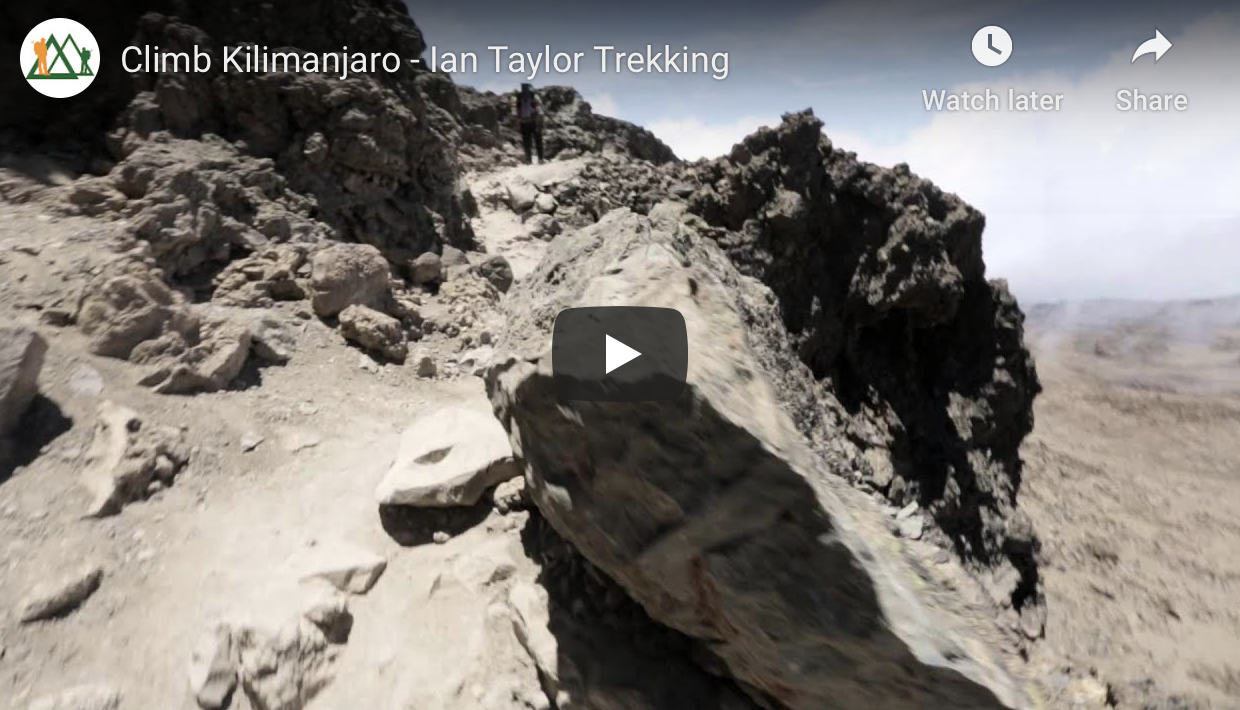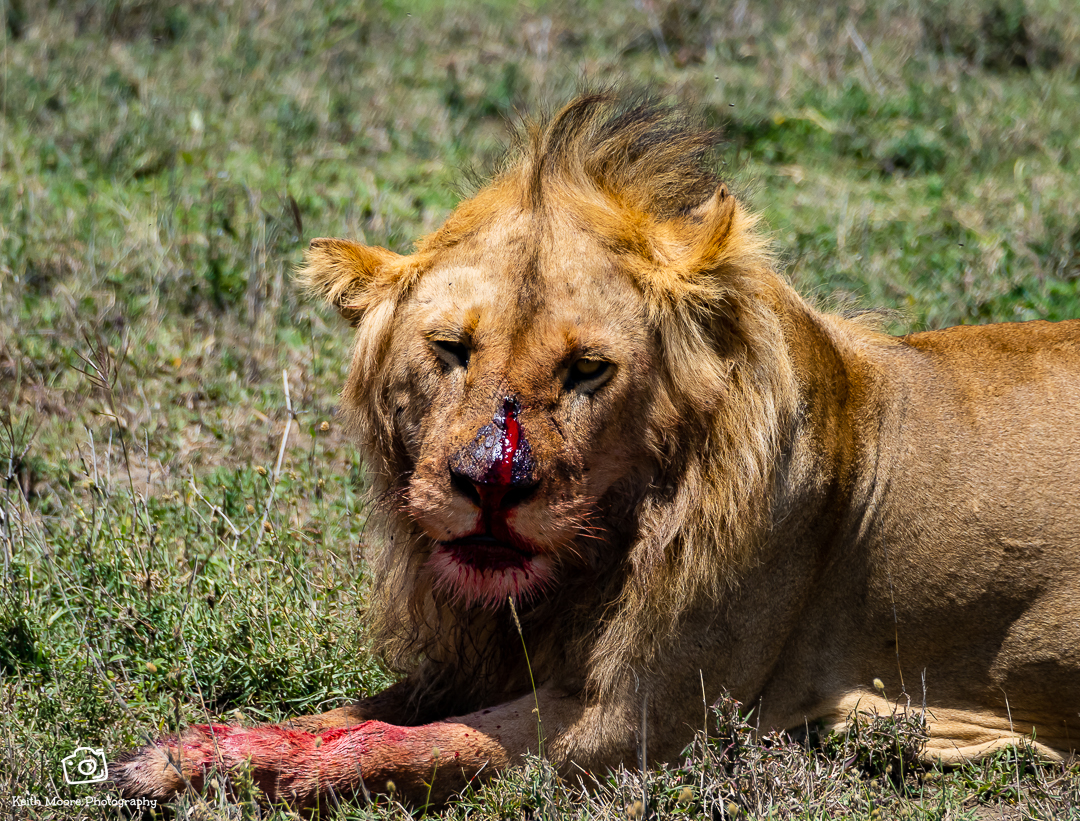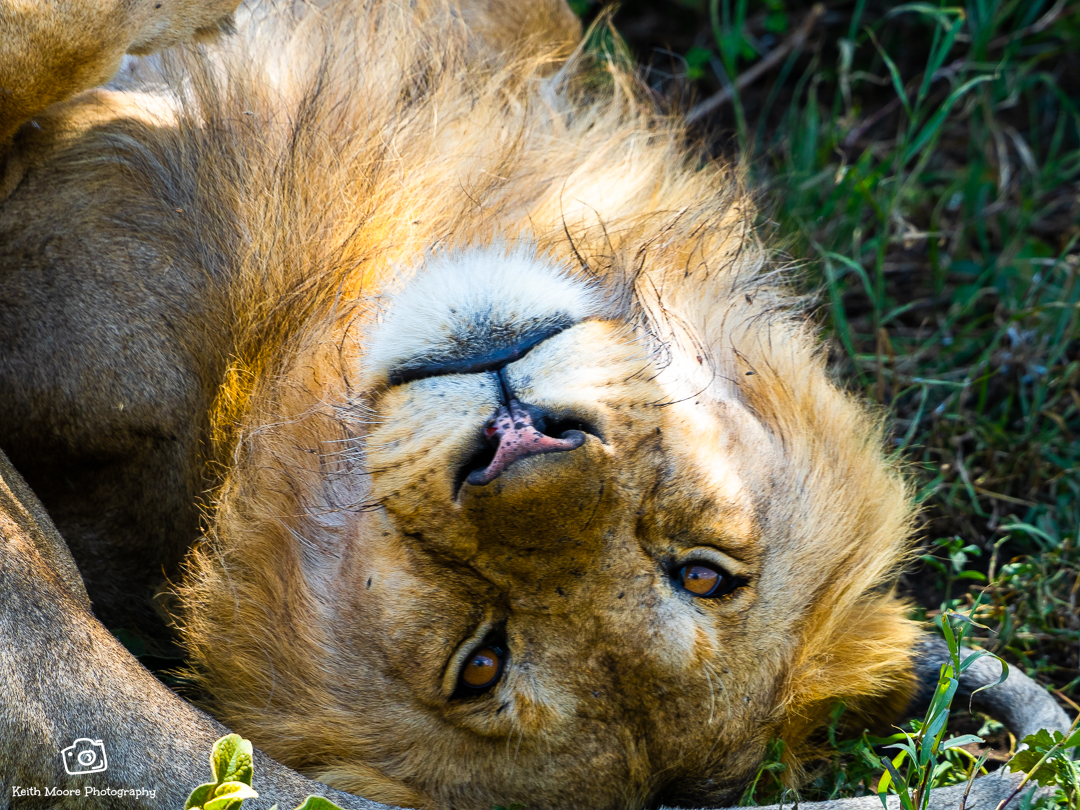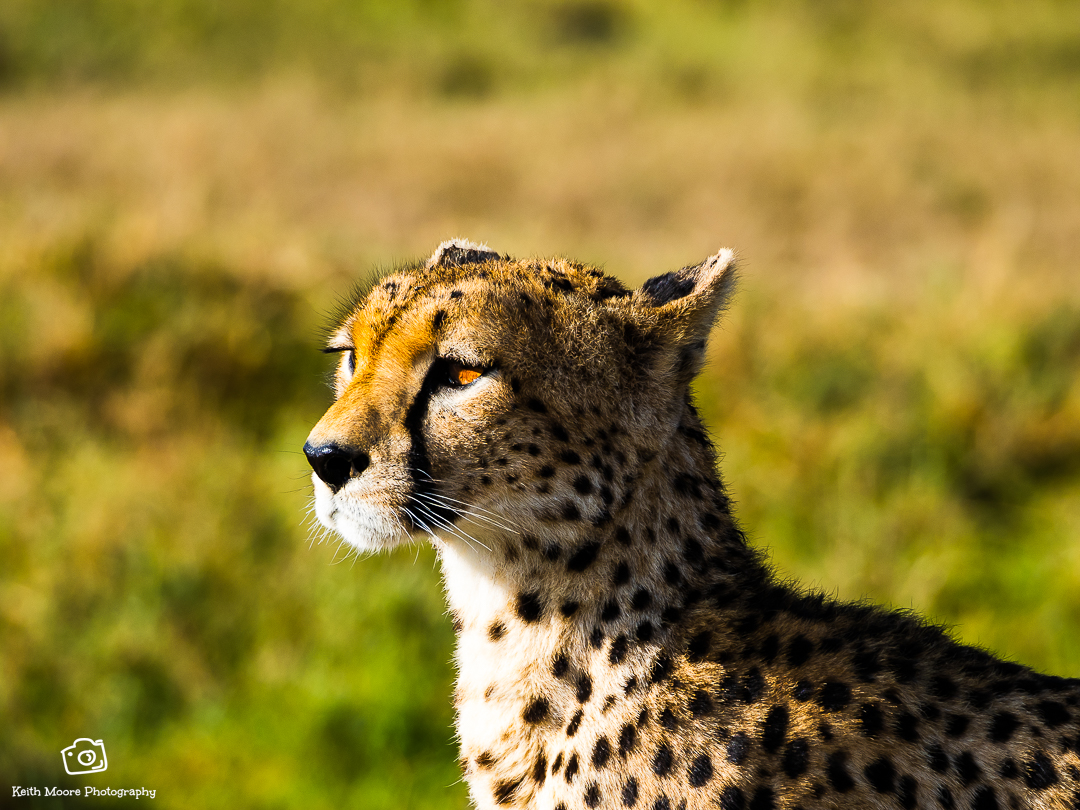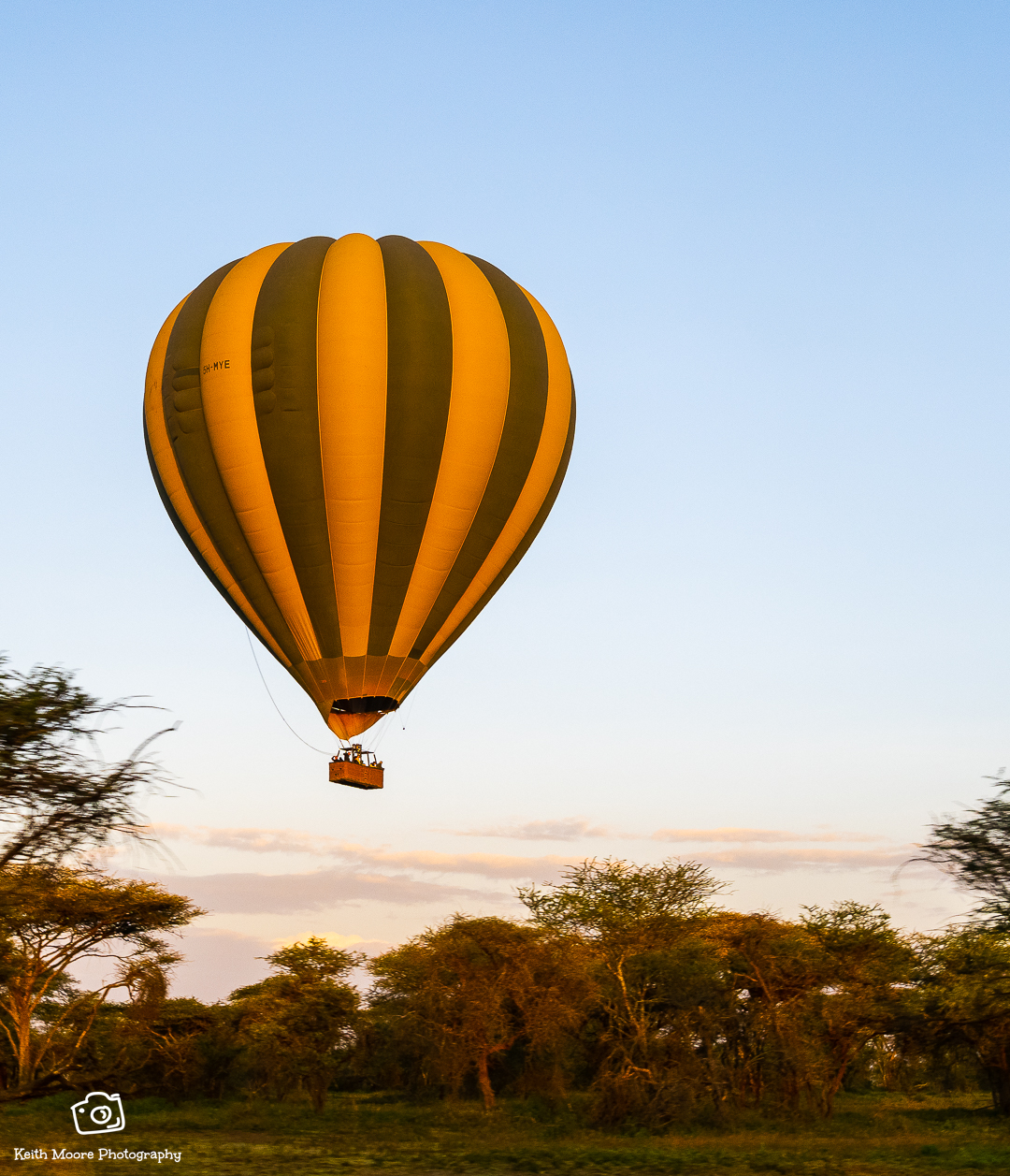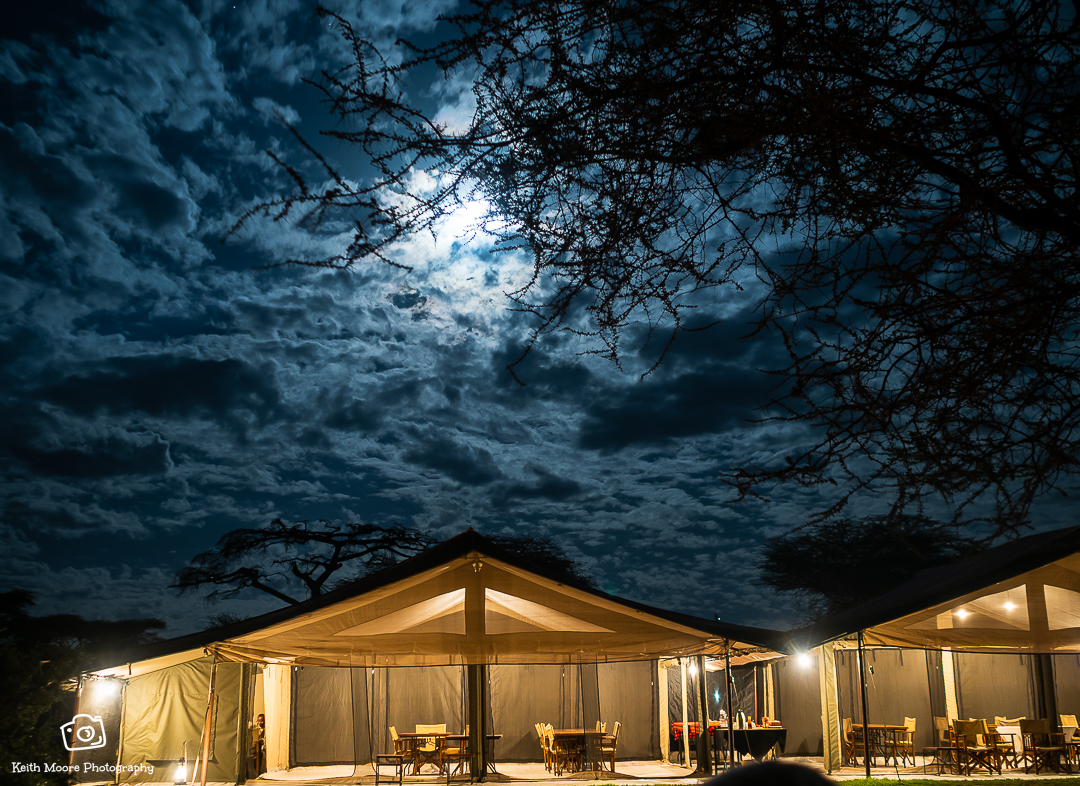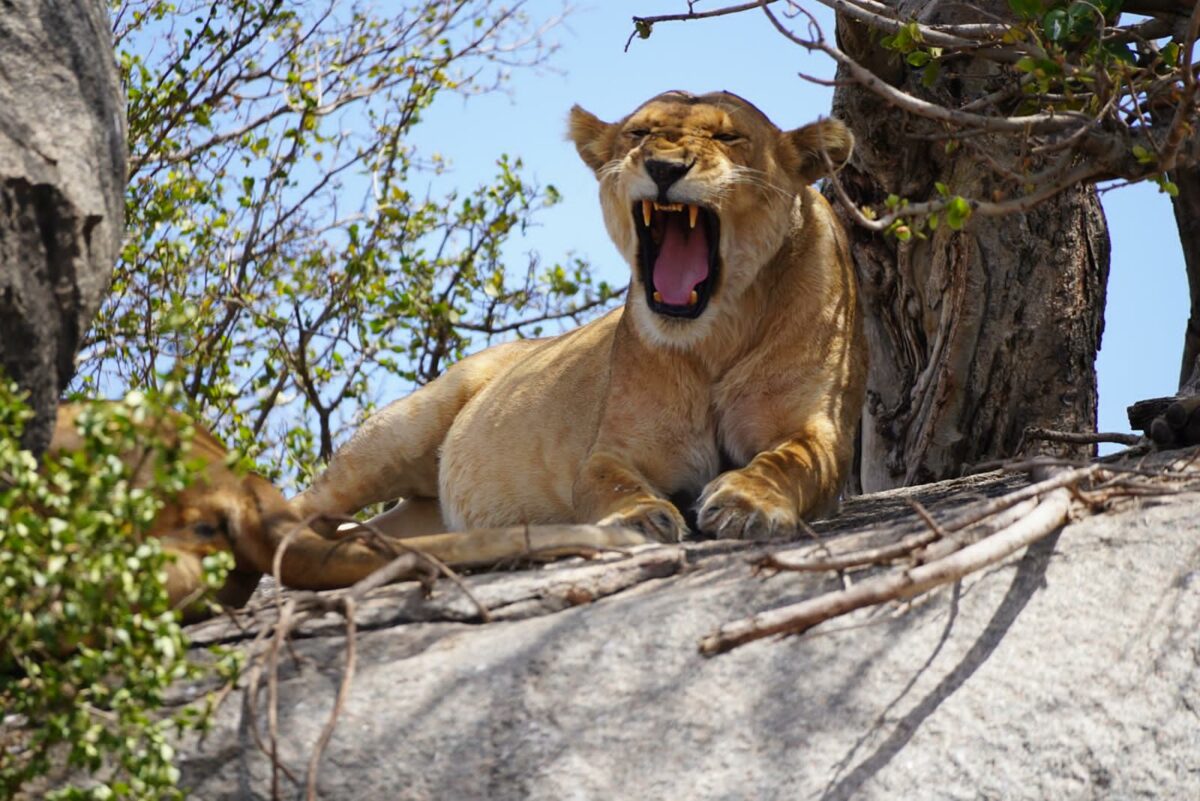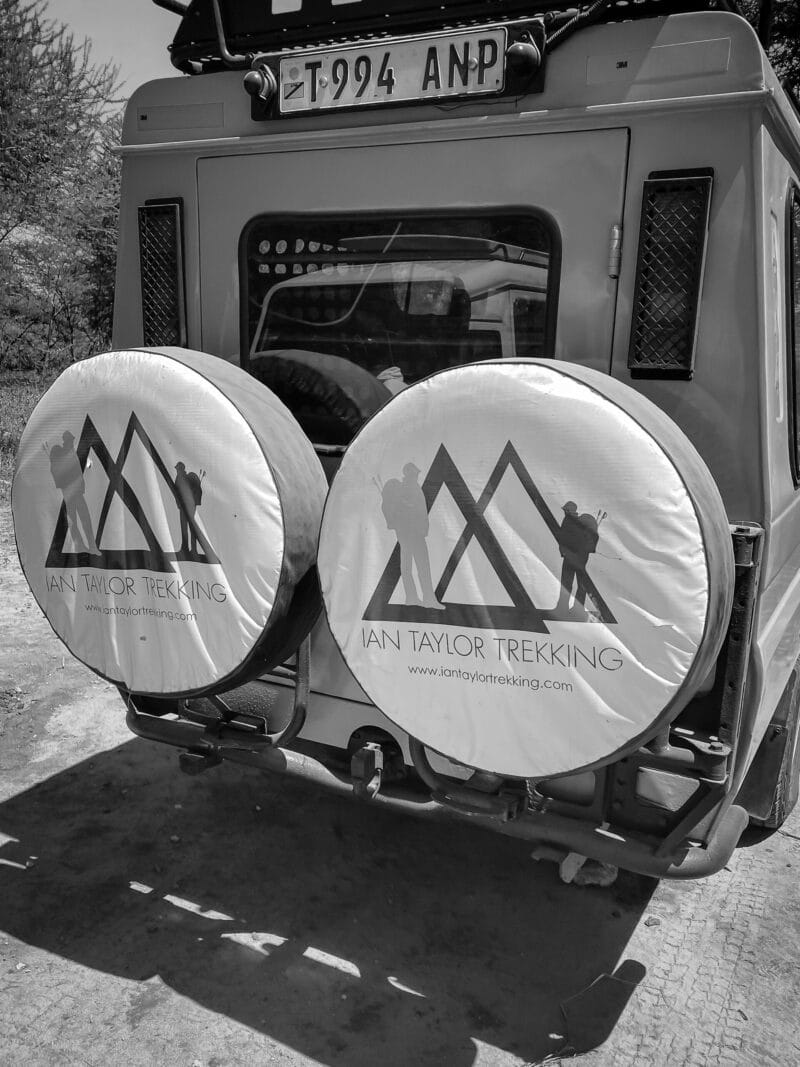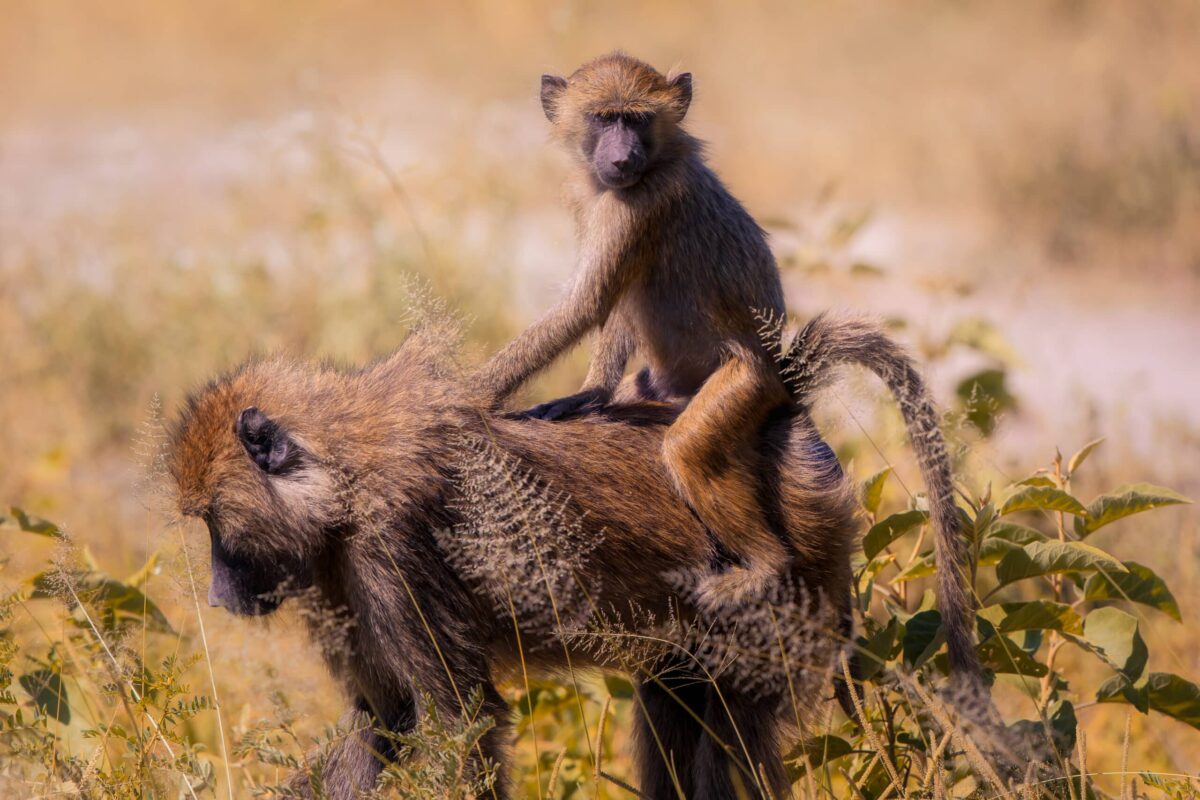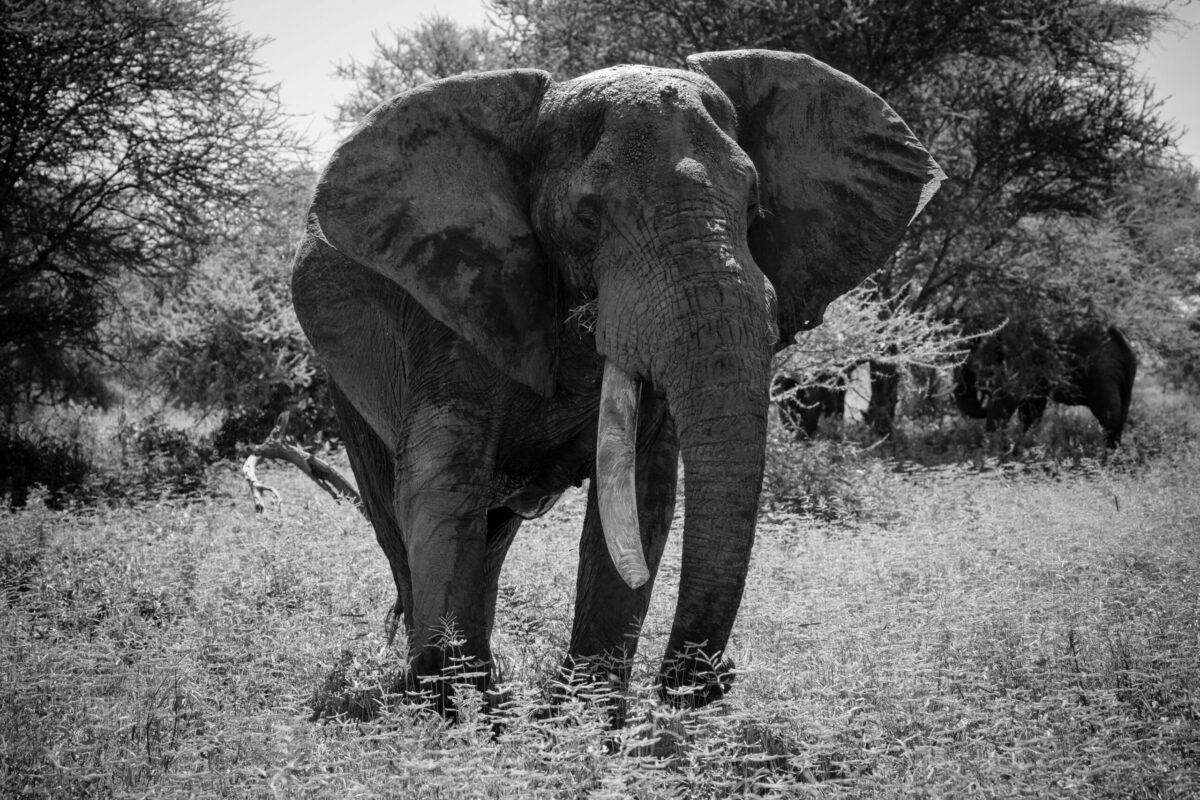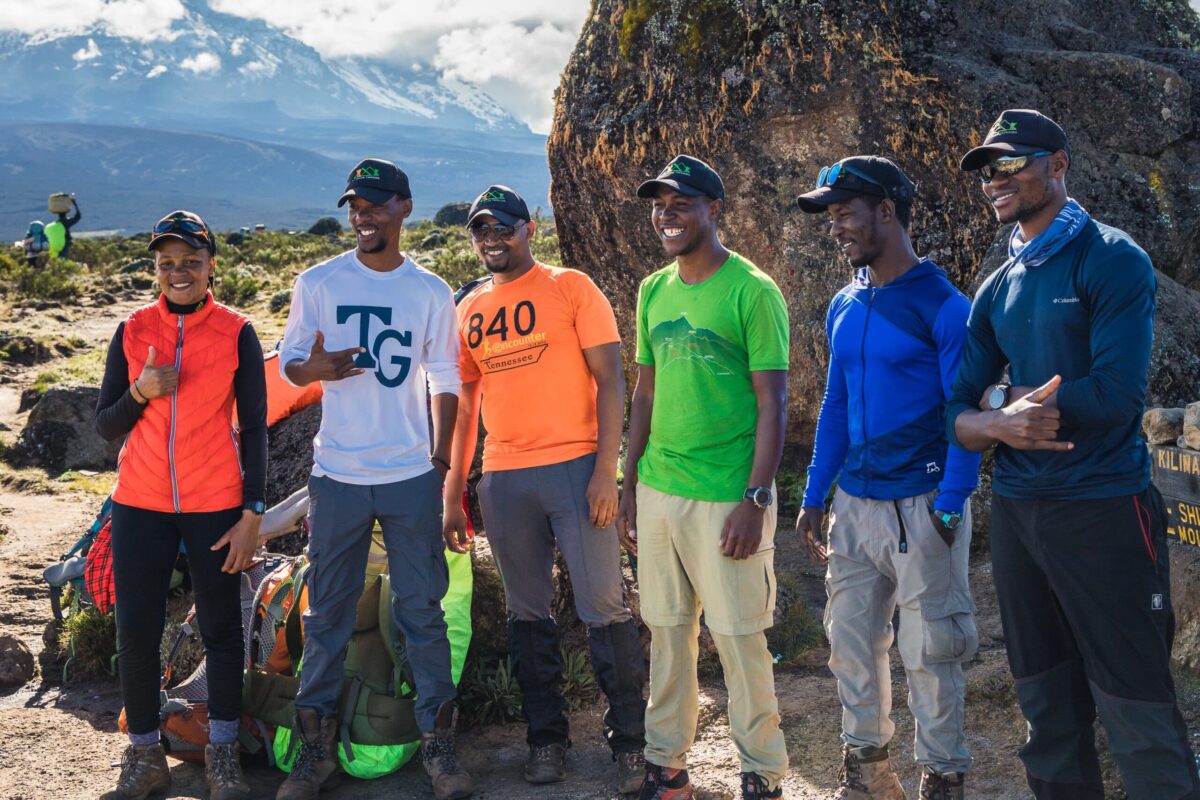Safari in Tanzania
The Ngorongoro crater and Serengeti National Parks are two of the world's best game viewing parks. We highly recommend visiting both these National Parks as part of your safari plans.
Personally the Ngorongoro crater is a highlight and place that will exceed expectations. Keep reading and learn more from our experience so your safari adventure in Tanzania runs as smoothly as possible.
We can design any itinerary and any level of safari you desire. Our quality safari's are lead by our own team of guides, some work on Kilimanjaro and will then take you on safari. We also have designated safari drivers available to support your private safari adventure.
Tips & Advice
1). Choose a Season
The Serengeti has two distinct seasons: wet and dry. The dry season, which occurs June through to October, is generally viewed as the most optimal for wildlife viewing.
This has nothing to do with the volume of animals, but instead the ease of seeing them. Shorter grass makes animals more easily visible, whilst drying streams and shrinking waterholes cause many animals to flock to an increasingly smaller area.
The Ngorongoro crater and Serengeti offers absolutely phenomenal wildlife spotting all-year round. January and February are also great months to visit.
2). The Great Wildlife Migration
The Serengeti is the primary location for one of earth’s most spectacular natural events: the Great Wildlife Migration. This is a monumental movement of over two million animals – primarily wildebeests – across the landscape in an endless pursuit of fresh water and grass. To see such a massing of animals is a mesmerizing sight. So regardless of when you visit Tanzania, you have the possibility of catching it.
3). Choosing the Correct Itinerary
A longer safari ups your chances of seeing the Big Five. Most safari-goers are understandably very keen to spot all of the Big Five, along with some other famous animals like cheetahs and hippos. So spend more time if you have it.
You should be able to see all the major animals on our 3 or 4 day safari – but you might not. Inevitably, the longer the stay, the better your chances of seeing as much wildlife as possible. We normally see lots of Elephants in Tarangire National Park and the Serengeti has more lions than anywhere else in Africa! Last time I was in the Ngorongoro crater we saw the big five!!
4). What to Wear
Turns out there’s some science behind the khaki and earth tones people wear on safari! These neutral colors repel the heat and do a good job of disguising any splotches of African dust and soil. Two colors to avoid are blue and black, as these have been found to attract tsetse flies. Not what you need in your life! In terms of fabrics, you want to wear light and breathable materials, as it can get really hot on certain safari drives.
Protect yourself from the sun and cover up on a game drive, as you spend many hours outdoors. Don’t be the red-faced tourist with the peeling nose. Instead, wear a wide-brimmed, round hat, sunglasses, sunscreen, and a long-sleeved top, preferably one with a collar. Zip-off trousers are a good option so that you have the best of both worlds.
Covering yourself is also a handy way to help avoid mosquito bites. (You do, of course, also want to carry mosquito repellent, which you should reapply regularly.
It can get cold at night which surprises to many visitors, but as the sun sets, the temperatures cool considerably in the Serengeti. Don’t expect to be sleeping au naturel. Long-sleeves, trousers and jackets are very wise.
5). Bring the Right Photography Equipment
For those hoping to capture excellent photography out on safari – equipment is key. The truth is that a smartphone or basic point-and-shoot won’t really cut it on safari. Bring binoculars if you are a smart phone user.
You’ll see plenty of wildlife up close, but a strong digital zoom or a lens with a focal length of at least 200 mm and above is necessary for those more distant shots.
One of our Itineraries
Day 1 - Arrive at Kilimanjaro International Airport
You should aim to arrive as early as possible this day or you are welcome to arrive in earlier if you choose. Once you arrive, you will be picked up from the airport and taken on a 50-minute transfer to the hotel in Arusha, where you will be booked on a shared bed and breakfast basis. You will have a group briefing in the evening with our head guide to prepare you for the journey ahead. We use the Sheraton Hotel in Arusha.
Day 2 - Tarangire National Park
You will stat your safari today around 8am. It is best to start as early as possible as we have a 2 hour drive from the hotel in Arusha to Tarangire National Park. We will get start into the game drive after checking in at the entrance. Our expert safari guide will make sure she the best of what Tarangire has to offer. After the game drive you will continue on to the Ngorongoro Farmhouse for dinner and overnight at this hotel.
Day 3 - Ngorongoro Crater
My favorite destination for Safari! Depart very early in the morning (park gates open at 06.00am) and descend the steep walls of the crater for day crater tour. We will try to be the first vehicle in the crater this morning! Your driver guide will pack picnic to be enjoyed in the crater when you build up an appetite. This is the best time to spot black Rhinos as they can usually be seen in the early morning departing Lerai Forest for grazing. Lerai is a Maasai word referring to the tall yellow barked acacias that dominate the forest. Keep a look out for black Rhinos and also the massive bull elephants. We will then take a break at Ngoitokitok springs where you can stretch your safari legs and listen to the grunt of the local Hippos and admire the profusion of bird life.
The Ngorongoro crater is a World Heritage Site and better know and the ‘Eight Wonder of the World’. It is the world’s largest intact volcanic caldera. The 2000 feet high walls of the approximately 10 mile wide crater a natural amphitheater for the densest population of large animals anywhere on the planet. The rich soils and abundant, year round water provide an ideal habitat for a variety of approximately 22,000 large animals. Herbivores that you will likely encounter include Elephant, Black Rhino, Hippo, Buffalo, Eland, Zebra, Wildebeest, Hartebeest, Waterbuck, Warthog, Grant’s Gazelle and Thomson’s Gazelle. Giraffe, Impala and Topi are strangely absent from the crater floor. Primates include Baboons and Vervet Monkeys. Carnivores that you will likely encounter include Lion, Cheetah, Hyena and Jackal. Leopards, Servals, Bat Eared Foxes and Ratels are also resident within the crater but much more elusive.
The Ngorongoro Crater is the only spot in Africa where one can see all three species of Jackals including the black-backed Jackal, Golden Jackal and side stripped Jackal. Jackal pairs mate for life and are capable hunters taking a variety of prey items including insects, birds, rodents and gazelle fawns though they are also opportunistic scavengers. Before dusk you will drive back to your lodge. Dinner and overnight at Ngorongoro Farm House.
Day 4 - Serengeti National Park
You will have a full day game drive in the Serengeti. The Serengeti National Park quite simply offers the finest wildlife viewing anywhere in Africa. Unrivaled concentrations of wildlife, stunning beautiful landscapes and vast pristine areas make the Serengeti our pick, for the best National Park in the whole of Africa.
The Serengeti ecosystem supports not only the largest herds of migrating ungulate but also the highest concentrations of large carnivores in the world. At a quick glance, the numbers are astonishing. Estimates put the Wildebeest at about 1.7 million, Zebras at 250,000 and Thomson’s Gazelles at about 440,000. Hyenas are the most numerous of the large carnivores at about 9,000, Lions at 2800, Leopards at 1000 and Cheetahs at about 500. The Ecosystem supports an incredible diversity of large mammals including Elephants, Hippo, Rhino, Giraffe, Buffalo, Warthog, 19 species of Antelope, 3 species of primates and server species of lesser known carnivores including the Jackal, Bat Eared Fox, Honey Badger, Genet and Mongoose, plus 200 species of birds. All meals and overnight at Kati Kati Camp.
Day 5 - Serengeti National Park
The Serengeti National Park is one of the most iconic and celebrated safari destinations in the world. It offers visitors an unrivaled opportunity to witness the great migration of wildebeest and other grazing animals across the vast plains of Tanzania. This spectacle of nature is truly awe-inspiring, and it is undoubtedly one of the main reasons that visitors flock to the park. In addition to the migration, the Serengeti is also home to an abundance of wildlife, including lions, leopards, elephants, and giraffes. The park's varied terrain, from the grassy plains to the wooded hills, provides diverse habitats for these animals and creates incredible opportunities for visitors to see them up close. Furthermore, the Serengeti is steeped in history and culture, with opportunities to visit local Maasai communities and learn about their traditional way of life. Whether you're a seasoned safari-goer or a first-time visitor to Africa, the Serengeti National Park is a must-see destination that promises to be an unforgettable experience. We will overnight at the Kati Kati Camp this evening.
Day 6 - Serengeti to Arusha / Airport
After breakfast at your camp, you will drive back to Arusha with picnic lunch and on this day you will have an opportunity to shopping and visit the local markets. Day use will be reserved for you at Sheraton Hotel in Arusha to freshen up before transfer to Kilimanjaro airport for your flight back home. Your flight needs to be after 8pm out of Kilimanjaro International.
Day 7 - Kilimanjaro International Airport
If you decide to stay in Arusha for an additional night you can visit the local market, relax at the pool and we will transfer you to the airport for your scheduled flight home.
Equipment
FAQ'S
Q). Can we leave baggage and do laundry at the hotel?
A). We use the Sheraton hotel in Arusha and they have a secure room for baggage that you need to leave at the hotel. Make sure you leave valuables in the safe. The hotel has a laundry service.
Q). What are the best months for Safari?
A). The best time to visit Tanzania for a safari is during the dry seasons in January and February and from late June to October. Tanzania has two distinct rainy seasons: Mid March to May and November and December
Q). What will the food be like on Safari?
A). You will be served hot breakfast and Dinner on Safari and the lunch will be a packed lunch each day that hotels provide.
Q). How much is the visa fee to enter Tanzania?
A). Right now the visa fee ranges from USD $50 to $100. For US clients it is $100, while most European countries will pay $50.
Q). What vaccinations do I need to enter Tanzania?
A). Tanzania does NOT have Yellow Fever in the country, so they only require you to show proof of vaccine for Yellow Fever if you are from a country that does have Yellow Fever. Or transiting for more than 12 hours in an airport located in a country with risk of Yellow Fever Virus transmission. Here are some recommended for vaccinations entering Tanzania: Tetanus, Hepatitis A, Typhoid, Hepatitis B, Poliomyelitis, Cholera, covid19 and tablets to protect you from getting malaria. Learn more.
Q). What additional expenses will I incur?
A). Here are some additional expenses that you will incur. Visa Entry, meals in Arusha, Tips, laundry, souvenirs and trip insurance.
Q). How much should I tip the driver?
A). We recommend tipping the staff as a group on the last morning of the trip. We recommend tipping the driver $10 per person, per day.
Q). What insurance do I need to have?
A). We recommend insurance that covers trip cancellation cover, repatriation along with medical expenses.
Ready to go?
The Ian Taylor Trekking office team has climbed Kilimanjaro over a combined 50 times. Our Head guide was voted Kilimanjaro’s Number 1 Guide. We have the knowledge, team, and experience to deliver the safest and the best experience on Kilimanjaro.
We are here with the information and assistance you need to be successful. Get in touch today for more information on climbing Kilimanjaro on the Lemosho Route.


